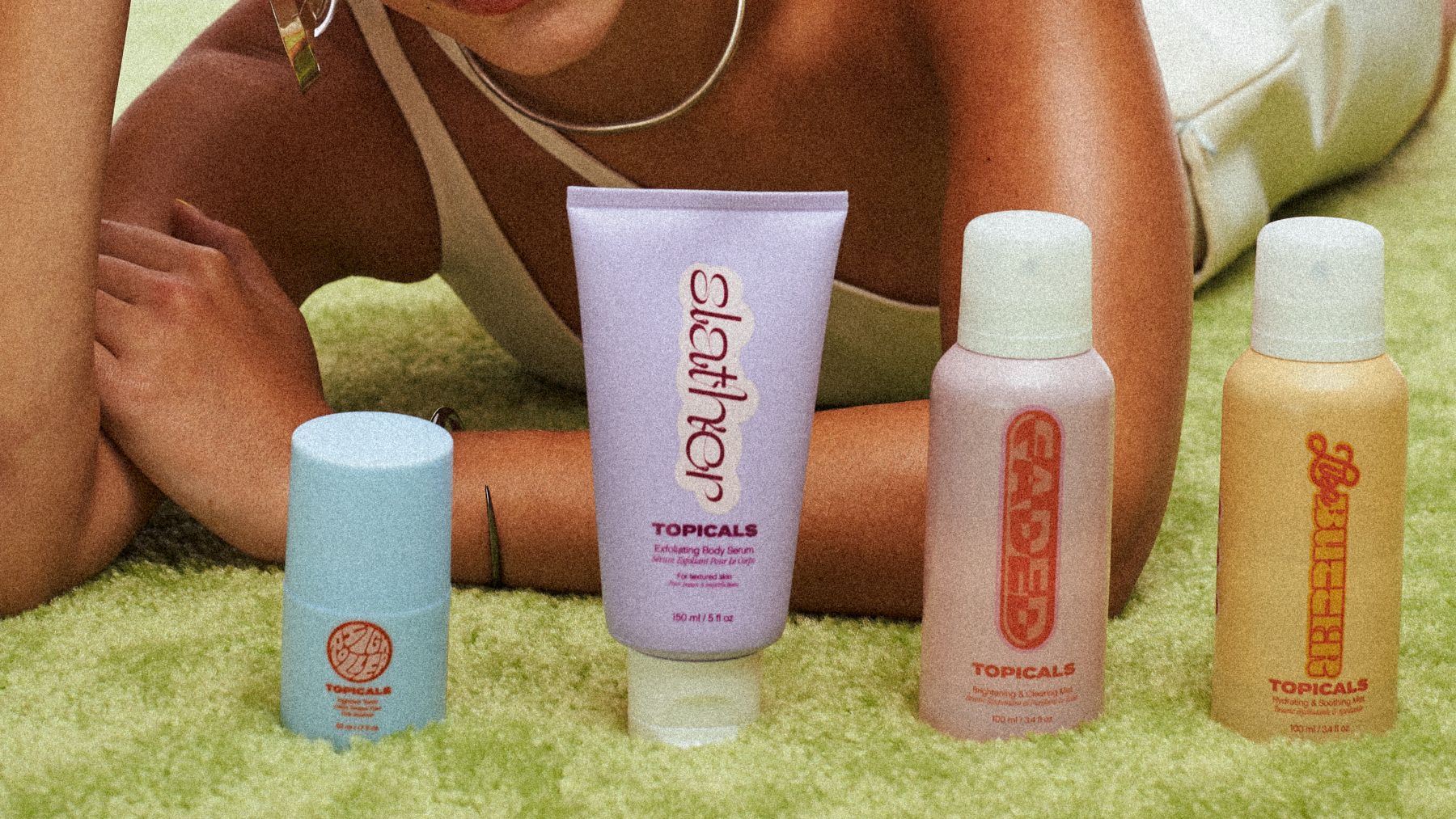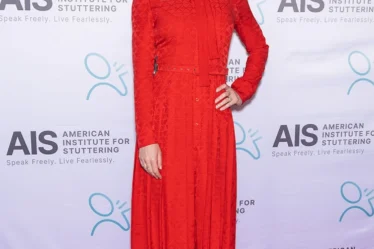
Millennial brands kicked off a decade-long direct-to-consumer gold rush, only to watch their prospects collapse with rising interest rates and the end of the pandemic’s e-commerce boom. Now, Gen-Z brands are trying to avoid the same mistakes.
Where Glossier and Allbirds promised to cut out the middleman, only entering third-party retail when their core business ran into trouble, young brands like intimates maker Parade and clean and vegan beauty brand InnBeauty Project have been much quicker to embrace wholesale. If millennial products were known for their sleek packaging in muted colours, their Gen-Z successors tend to go bold, with splashy fonts in vibrant hues and often an intentionally kitschy vibe. Brands like Everlane and Bonobos were for everyone; skincare brand Topicals, swimwear label Raq Apparel and other Gen-Z companies are all about owning their niche.
In some ways this is just how fashion works: new brands try to stand out by running as far as possible from last year’s trend. But it also reflects a fundamental shift in how the two generations of start-ups approach their finances. Gen-Z brands are coming of age in a difficult economy where “free money” is an increasingly distant memory. Investment in apparel and beauty brands fell by 50 percent globally, to $2 billion last year, according to Pitchbook. That figure is on pace to fall another 40 percent this year. And that cash comes with more strings: a clear, and short, path to profitability matters as much as growth.
“Back when there were zero interest rates and capital flowing freely, you had a lot of want-repreneurs starting businesses,” said Brian Sugar, founder and managing partner of Sugar Capital, who has invested in Everlane, Olive & June, Savage X Fenty and more. “It would be ‘I wanted to start a company … I’m going to use a cool font and I’m going to create that brand for a younger generation.”
Whether it’s by necessity or design, Gen-Z brands may be setting themselves up for a less-bumpy run than their predecessors. Going after niche audiences is a tried-and-true way to build a business. It’s also cheaper – hyper-local Instagram ads and payouts to micro-influencers are more realistic for brands whose backers have them on a tight leash. So is relying on a big retailer for exposure rather than going it alone. Owning a niche can mean better serving customers — such as providing skin care for textured skin prone to flare-ups (Topicals) or producing undergarments for a range of sizes and gender identities (Parade) — to connect with a generation of values-driven shoppers.
Their barometer for success often isn’t fast-paced growth – fewer Gen-Z brands have taken off as quickly as the likes of Bonobos, Away or Everlane. But it may be the key to building a business that lasts, no matter how long it takes.
“This young cohort of founders are going to have to do a lot more with less,” said Bill Detwiler, managing partner at Fernbrook Capital Management, which invests in e-commerce brands and software and services firms. “You’re going to see a more resilient class of companies come out of this.”
Building Community
Many Gen-Z brands got their start by fostering more intimate relationships with customers early on and relying on them to spread the word.
“A lot of the Gen-Z brands are more mission driven from infancy than much more mature brands were,” Detwiler said.
Parade’s more than 75,000 ambassadors share its undergarments on platforms ranging from Instagram and TikTok to ByteDance’s new app Lemon8. Parade pays some of its ambassadors to post content and others are compensated if their work is featured on the brand’s e-commerce site or in ads. All ambassadors can offer feedback that will be considered in the product development process.
“That is about co-creating with our community. They are the broadest megaphones,” said Cami Tellez, Parade’s founder, creative director and CEO, who founded the company in 2018 when she was 21. “We started the brand understanding this is an emotional category, instead of wanting to build a strategy solely off of buying fake love.”
Topicals also relies on its most loyal followers to educate others about the company’s assortment of creams and serums. The brand, which launched in 2020, has approximately 4,000 ambassadors that create content in exchange for products.
These ambassadors not only help grow sales, “but also legitimise our product,” said Olamide Olowe, Topicals’ founder and CEO. Ambassadors are often skin care experts and enthusiasts that use Topicals’ goods to discuss “skin neutrality,” which rejects the goal of achieving so-called “perfect” skin.
Omnichannel Is the Only Option
For Gen-Z brands, wholesale is central to their plans to scale.
Where millennial darling Glossier just entered Sephora stores in February, eight years after launch, brands like Topicals and InnBeauty Project inked partnerships with the LVMH-owned beauty retail giant when they had been in business for just over a year.
“We knew that we needed to be in front of millions of consumers to be recognised,” said Alisa Metzger, InnBeauty Project’s co-founder. It started selling in clean beauty retailer Credo in January 2020 and in Sephora’s physical stores in October 2021. Multi-brand retail partners now account for 70 percent of overall sales.
Topicals also generates the majority of its sales from wholesale. But the brand is mindful of the downsides that caused its millennial predecessors to avoid the channel, such as becoming too dependent on one retailer for growth. The company releases exclusive products on its site, such as its faded under eye masks that launched in November 2022, to draw customers to its owned channels.
“Either you have an incredible distribution advantage because you’re a celebrity or you have an incredible omnichannel strategy,” Sugar said. “You build a community online and you sell everywhere.”
Different Expectations
Many of the inaugural class of digitally-native brands in the 2010s reached more than $100 million in sales within a few years. Glossier, which became a blueprint for beauty start-ups following its 2014 launch, reportedly hit that mark in sales by 2019. That same year, sustainable sneaker maker Allbirds generated $194 million in sales, three years after its debut.
Since 2019, the year investors say Gen-Z brands began to emerge, few have reached this milestone. Parade, one of the buzzier names in the cohort, is on track to reach $75 million in sales this year, Tellez told BoF. InnBeauty Project plans to hit north of $15 million in sales this year, four years post-launch.
Smaller revenues don’t necessarily equate to slower growth. InnBeauty Project says its revenue will increase 250 percent year-over-year in 2023. Similarly, Topicals’ full-year sales doubled in 2022.
Still, investors say Gen-Z brands as a group appear to be scaling at a slower pace, but achieving profitably faster. They also aren’t facing the same pressure from investors. Parade, for example, has raised around $43 million since 2019. Names like Glossier and Allbirds raised around $100 million in their first four years in business, helping them achieve “unicorn” $1 billion-plus valuations (which didn’t always stick – Allbirds’ market capitalisation was $186 million as of Wednesday).
Ryan Babenzien has experienced both waves of DTC brands. He founded the sneaker brand Greats in 2014, which generated plenty of buzz and was acquired by Steve Madden in 2019. His new venture, Jolie, sells shower-heads that dispense purified water to improve skin and hair health. The start-up is on pace to grow sales nearly 500 percent to $25 million this year, partially off the strength of its word-of-mouth marketing with its target market of consumers between the ages of 18 and 34. The company was profitable in its first six months and generates between 12 and 18 percent EBITDA margins each month, Babenzien said.
“We can grow at whatever pace we want,” Babenzien said. “The real unicorn in the world today is one that is profitable.”



